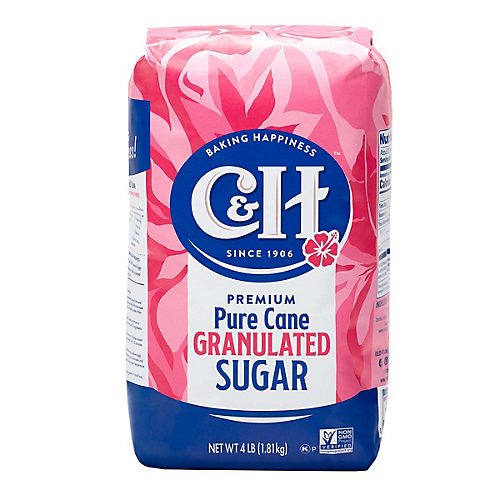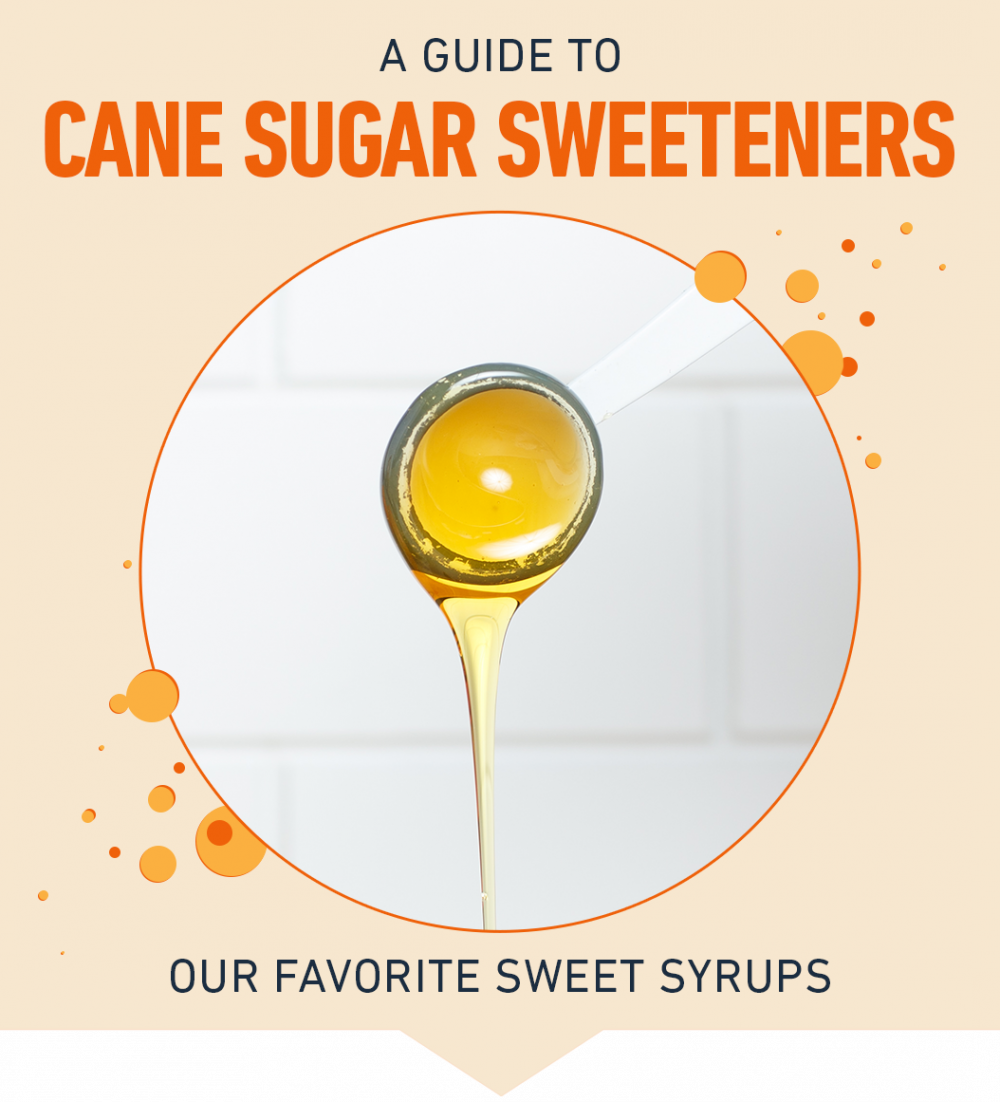The Scientific Research Behind Cane Sugar Processing: Just How Sweetness is Improved
The Scientific Research Behind Cane Sugar Processing: Just How Sweetness is Improved
Blog Article
Checking Out the Comprehensive Steps Associated With Walking Stick Sugar Handling From Collecting to Refinement
The process of walking cane sugar production includes a collection of elaborate actions, starting with the careful harvesting of sugarcane and culminating in the improvement phases that make sure the last item satisfies industry standards. Each stage, from the extraction of juice to the purification and condensation procedures, plays a critical function in establishing the high quality and personality of the sugar.
Harvesting Sugarcane
Collecting sugarcane is a crucial action in the cane sugar handling chain, as it straight affects the top quality and yield of the final product. Proper timing and techniques are vital during this phase to make sure ideal sugar material and lessen losses. Usually, sugarcane is collected when it gets to maturation, generally 12 to 18 months after growing, identified by a high sucrose concentration.

Post-harvest, the sugarcane has to be refined promptly to stop sucrose destruction. Preferably, harvested cane should be delivered to refining facilities within 24 hr to protect sugar quality. For that reason, effective logistical planning is critical to preserve the integrity of the collected plant throughout the supply chain.
Removal Process

The crushed cane goes through a series of pushing procedures to optimize juice recuperation. Typically, warm water is sprayed onto the crushed cane, developing a countercurrent circulation that assists dissolve the sugar while likewise aiding in the extraction procedure. The juice gathered from this operation contains not just sugar but also numerous natural compounds and impurities.

To boost removal efficiency, some facilities may use diffusion approaches, where the sugarcane is taken in hot water, enabling the soluble sugars to diffuse into the liquid. The resulting juice, rich in sucrose, is then routed to succeeding processing stages, laying the structure for filtration and refinement. The removal process is therefore essential in figuring out the quality and yield of the final sugar product.
Purification Techniques
The purification strategies utilized in walking stick sugar processing are crucial for changing the raw juice right into a high-grade sugar item. These approaches mostly intend to eliminate pollutants, such as soil, plant products, and inorganic substances, which can adversely affect the last item's flavor and shade.
This process involves adding lime and warmth to the raw juice, which facilitates the coagulation of pollutants. Additionally, the usage of phosphoric acid can improve the information process by more binding impurities.
One more significant method is carbonatation, where carbon dioxide is presented to the made clear juice. This response creates calcium carbonate, which catches staying contaminations and advertises their removal.
In addition, activated carbon therapy might be put on adsorb any continuing to be colorants and organic contaminations, guaranteeing a much more polished item. The mix of these techniques properly prepares the sugar juice for succeeding steps in the refining process, setting the phase for the production of high-quality walking stick sugar.
Condensation Techniques
After the filtration phase, the next important step in cane sugar processing entails crystallization approaches, which play a critical function in changing the made clear juice into solid sugar. This procedure commonly uses 2 main approaches: spontaneous condensation and controlled formation.
In spontaneous condensation, supersaturated sugar remedies are allowed to cool down normally, leading to the formation of sugar crystals over time. This approach permits for the uniform development of sugar crystals and higher pureness.
During formation, the cleared up juice is focused my website via evaporation, enhancing its sugar content up until it reaches supersaturation. Once this factor is achieved, either technique can facilitate the formation procedure. Cane Sugar Processing. The resultant sugar crystals are after that separated from the remaining syrup with centrifugation
Ultimately, the option of formation approach this contact form influences the high quality, dimension, and purity of the last sugar product, making this action vital in the general cane sugar handling procedure.
Refinement and Product Packaging
Exactly how can the purity and quality of walking stick sugar be further improved after crystallization? The refinement procedure plays a crucial function in accomplishing premium walking stick sugar. Following crystallization, sugar goes through a comprehensive cleaning to eliminate impurities and residual molasses. This is commonly completed utilizing cozy water or steam, which aids dissolve and draw out undesirable components while protecting the sugar crystals.
Following, the sugar goes through a procedure called centrifugation, where it is spun at broadband to separate the cleansed sugar crystals from the remaining liquid. After centrifugation, the sugar is commonly additional refined via an approach called carbonization or phosphatation, which uses activated carbon or phosphoric acid to remove shade and off-flavors.
As soon as refined, the sugar is dried to attain the desired wetness material, ensuring that it stays steady throughout storage and transport. The last action entails product packaging the refined sugar in moisture-proof and airtight containers to preserve its high quality and avoid contamination. Cane Sugar Processing. Appropriate packaging not just extends service life yet likewise assists in click this site easy handling and circulation, making certain that customers receive sugar that fulfills the highest possible criteria of pureness and high quality
Conclusion
The thorough steps associated with walking cane sugar processing, from the precise harvesting of sugarcane to the intricate refinement and product packaging stages, underscore the importance of each phase in ensuring high-grade sugar manufacturing. Optimum harvesting strategies, efficient extraction approaches, and strenuous purification processes collectively add to the last product's pureness and security. The formation and succeeding packaging techniques better improve the stability and life span of the sugar, highlighting the complexity and precision integral in this important farming sector.
The process of walking stick sugar production encompasses a collection of elaborate steps, beginning with the cautious harvesting of sugarcane and finishing in the refinement stages that make sure the last item fulfills industry standards. Ideally, gathered walking cane should be delivered to processing centers within 24 hours to protect sugar top quality.In spontaneous condensation, supersaturated sugar remedies are allowed to cool down naturally, leading to the development of sugar crystals over time - Cane Sugar Processing. The refinement procedure plays a critical function in accomplishing premium walking stick sugar.The thorough steps included in walking cane sugar handling, from the careful harvesting of sugarcane to the elaborate improvement and packaging stages, underscore the significance of each phase in making certain top quality sugar production
Report this page